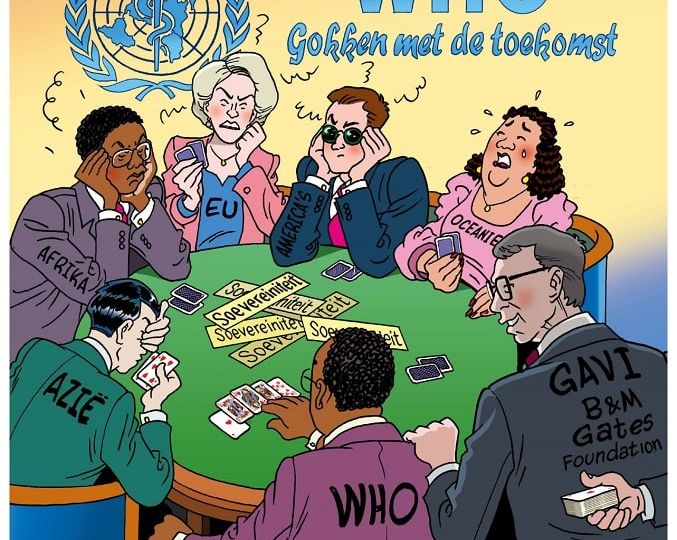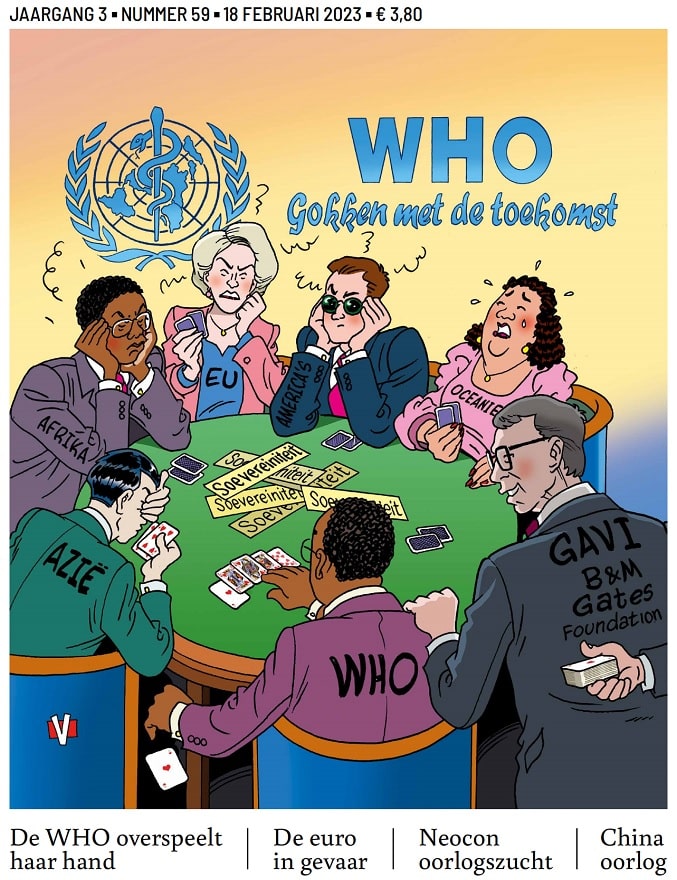
Nummer 59 (18 feb. 2023)

In dit nummer:
De WHO overspeelt haar hand
De euro in gevaar
Neocon oorlogszucht
China oorlog
Doomsday Clock-bullshit
Ben je (nog) geen abonnee?
Gezond Verstand is voor abonnees online te lezen.
Ben je nog geen abonnee? Meld je dan hier aan.
Je kunt Gezond Verstand ook los bestellen of downloaden (PDF) in de webshop.